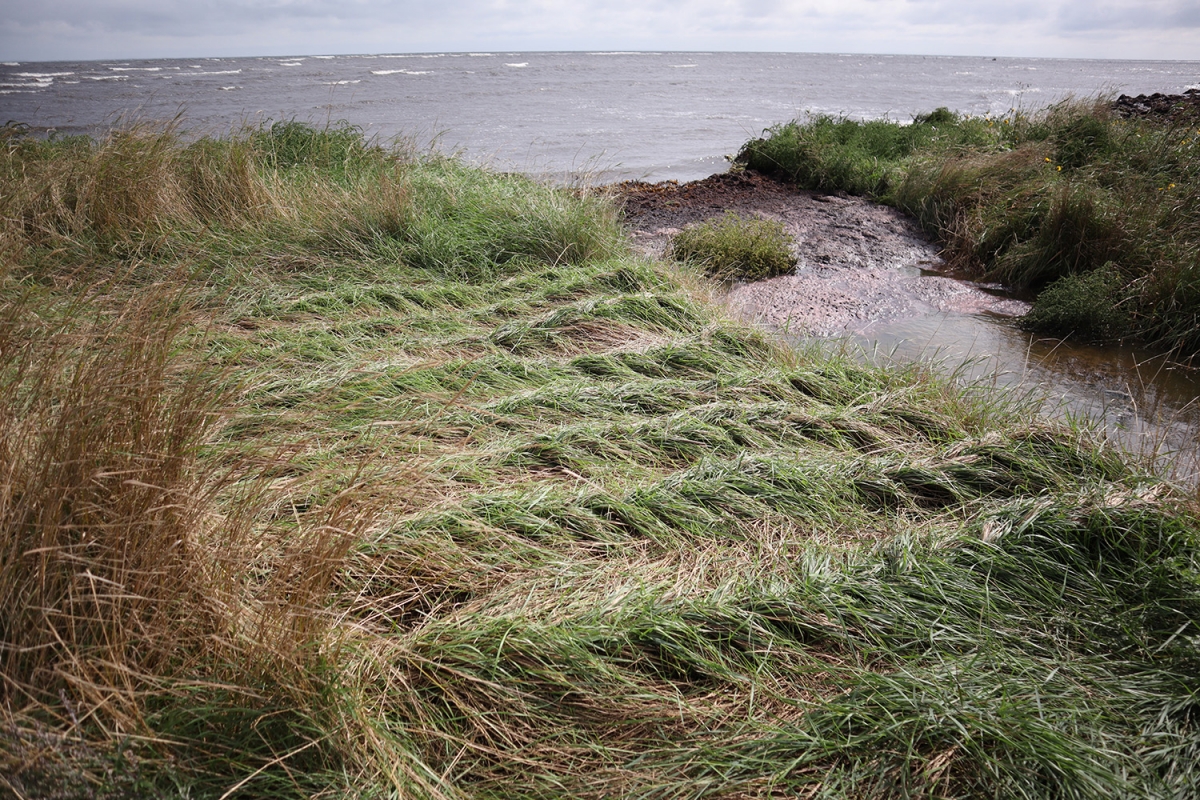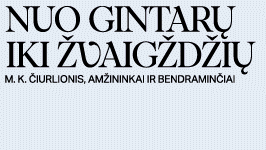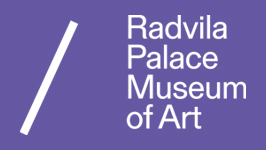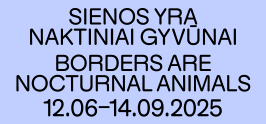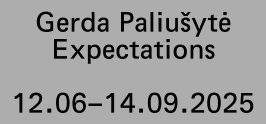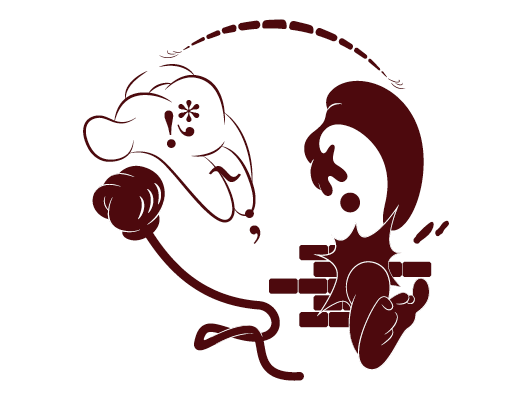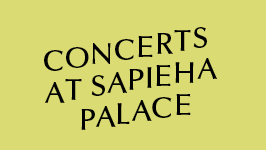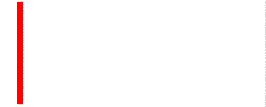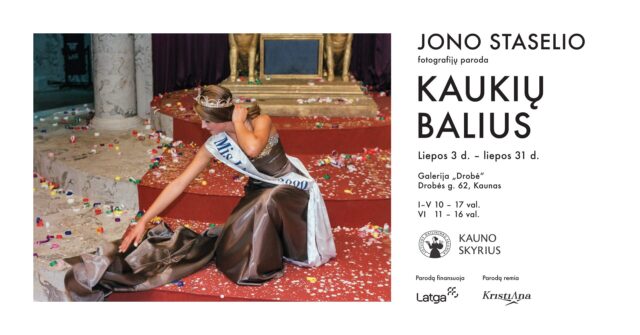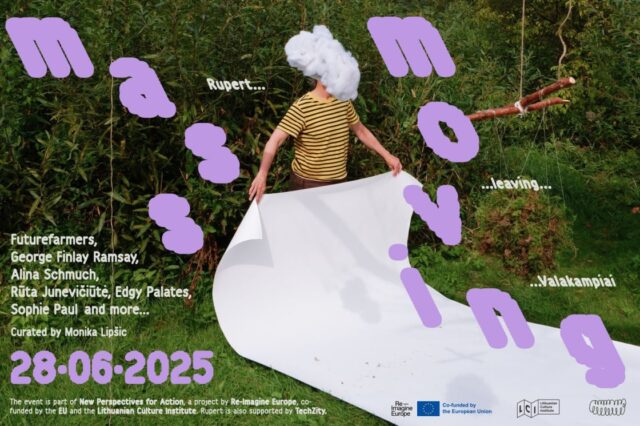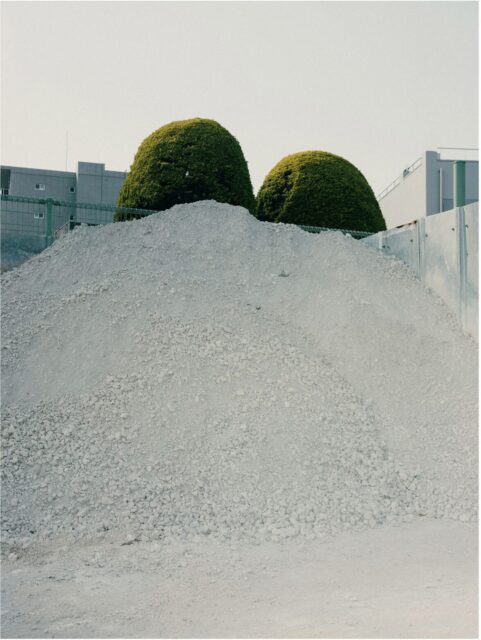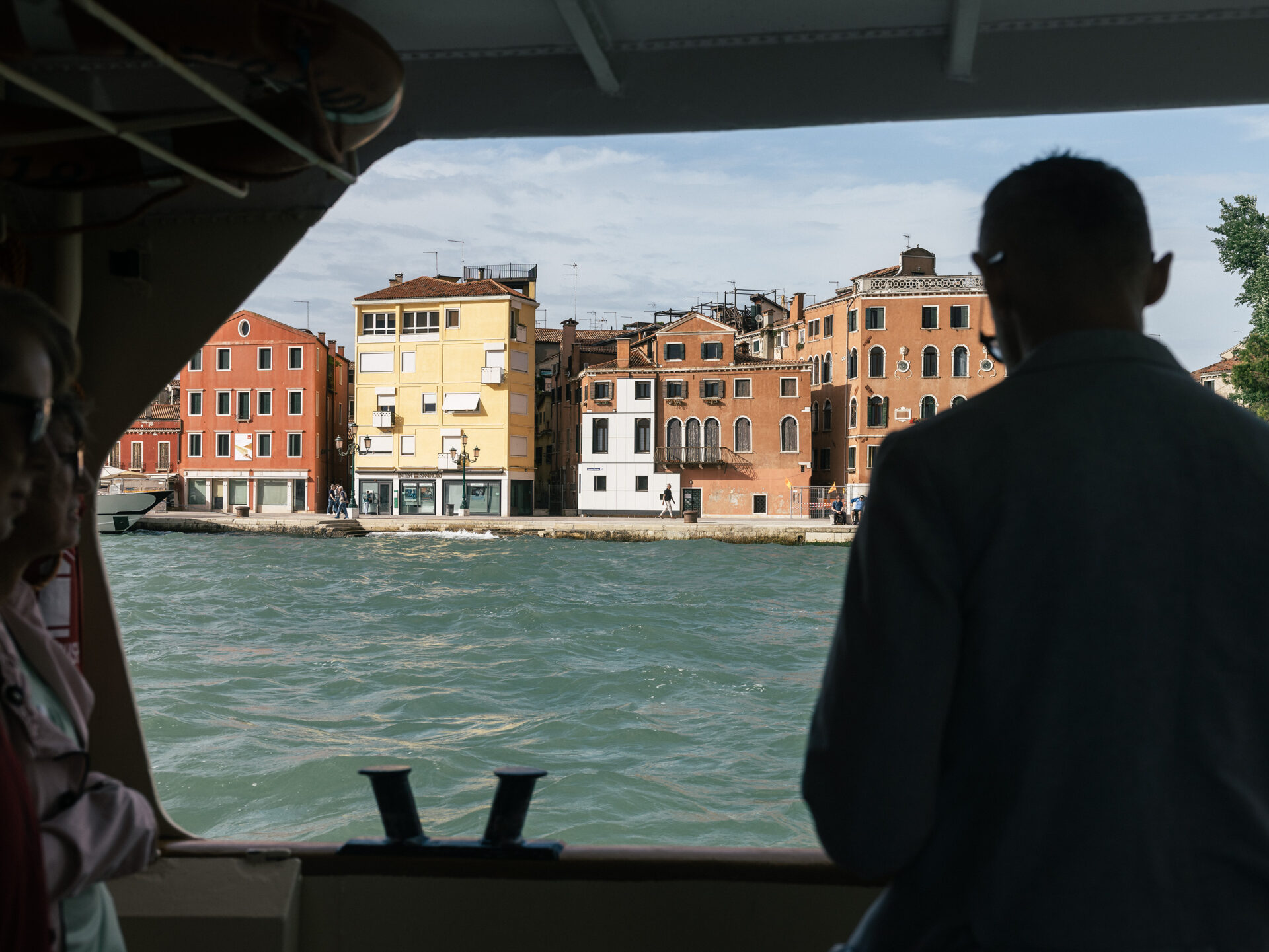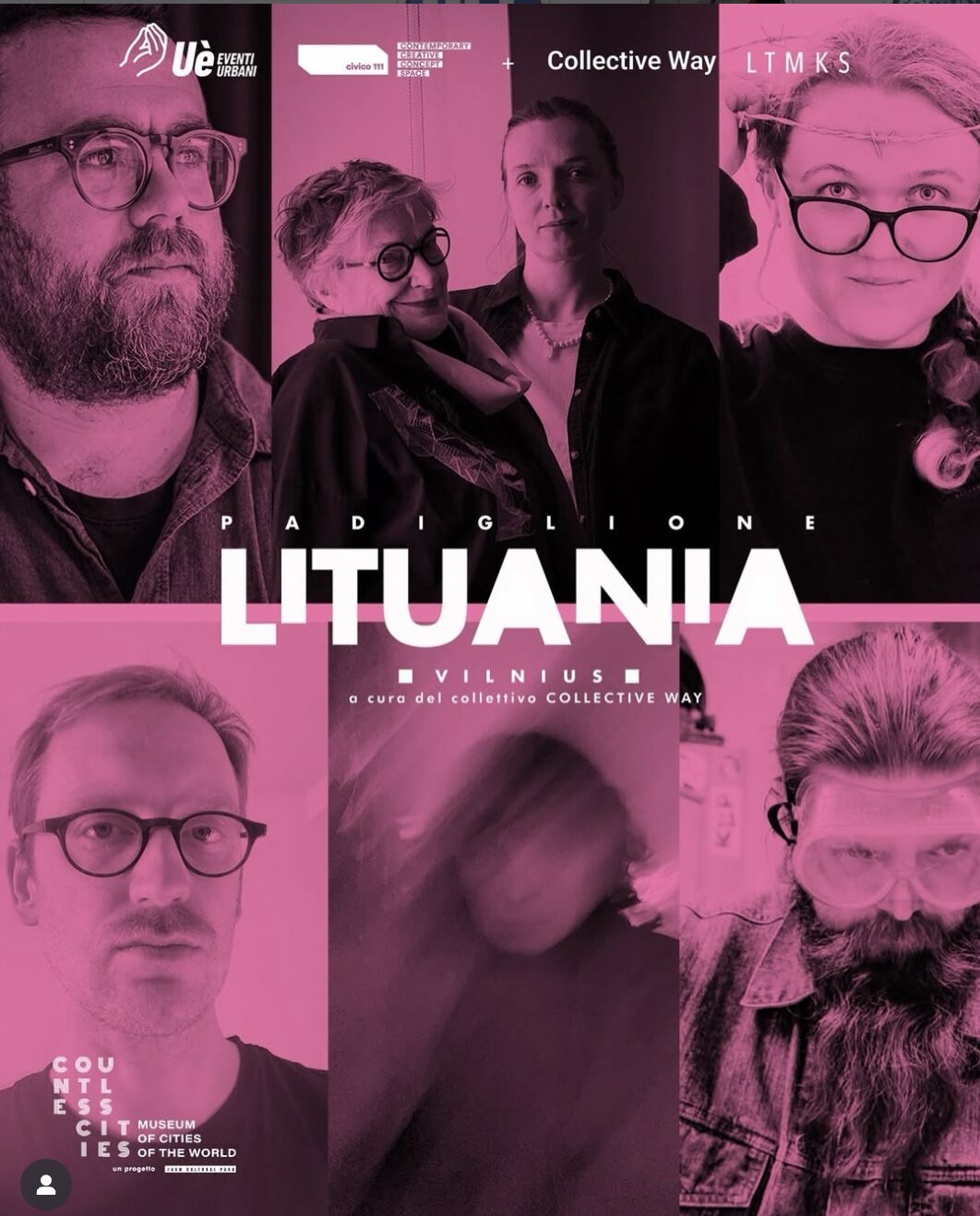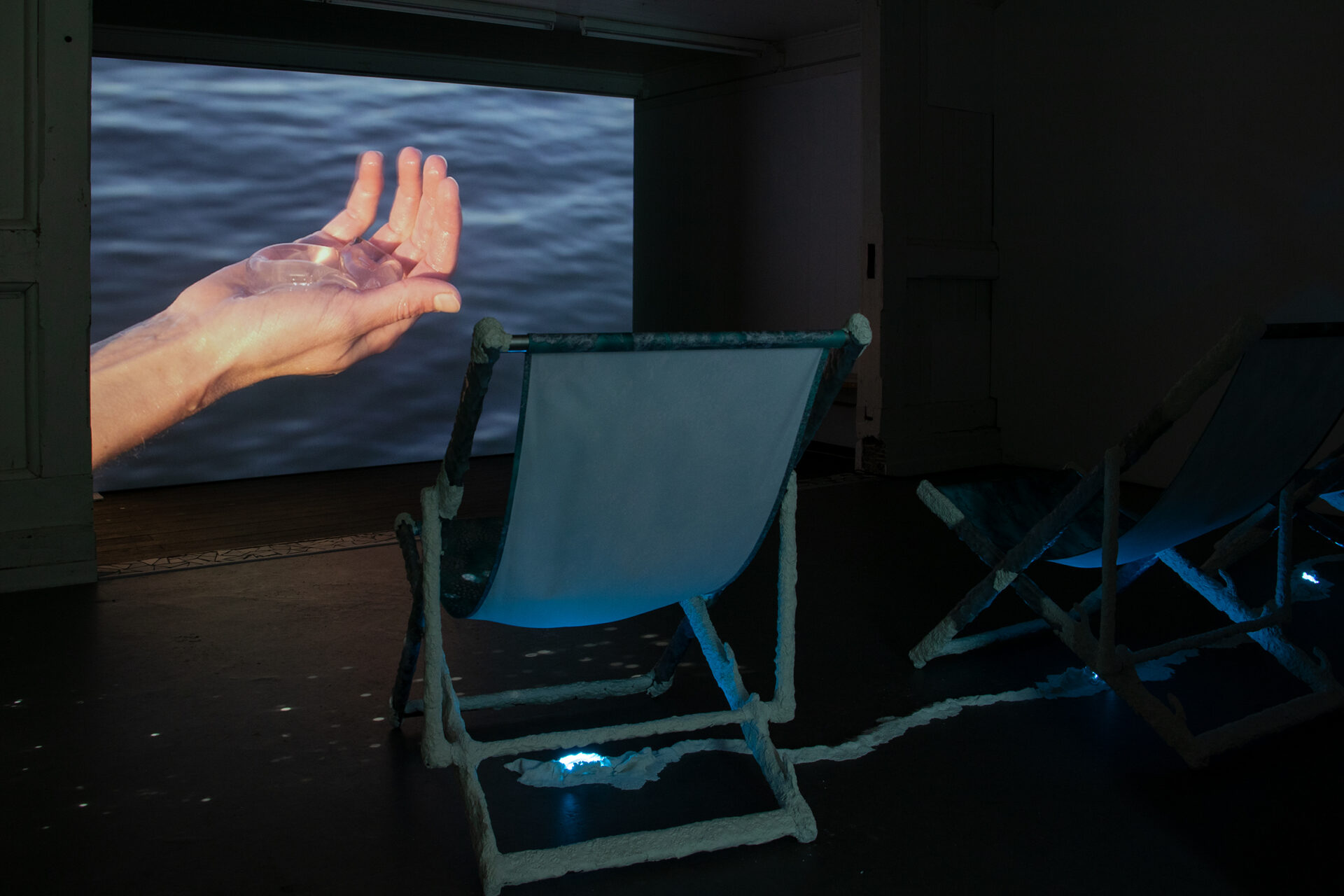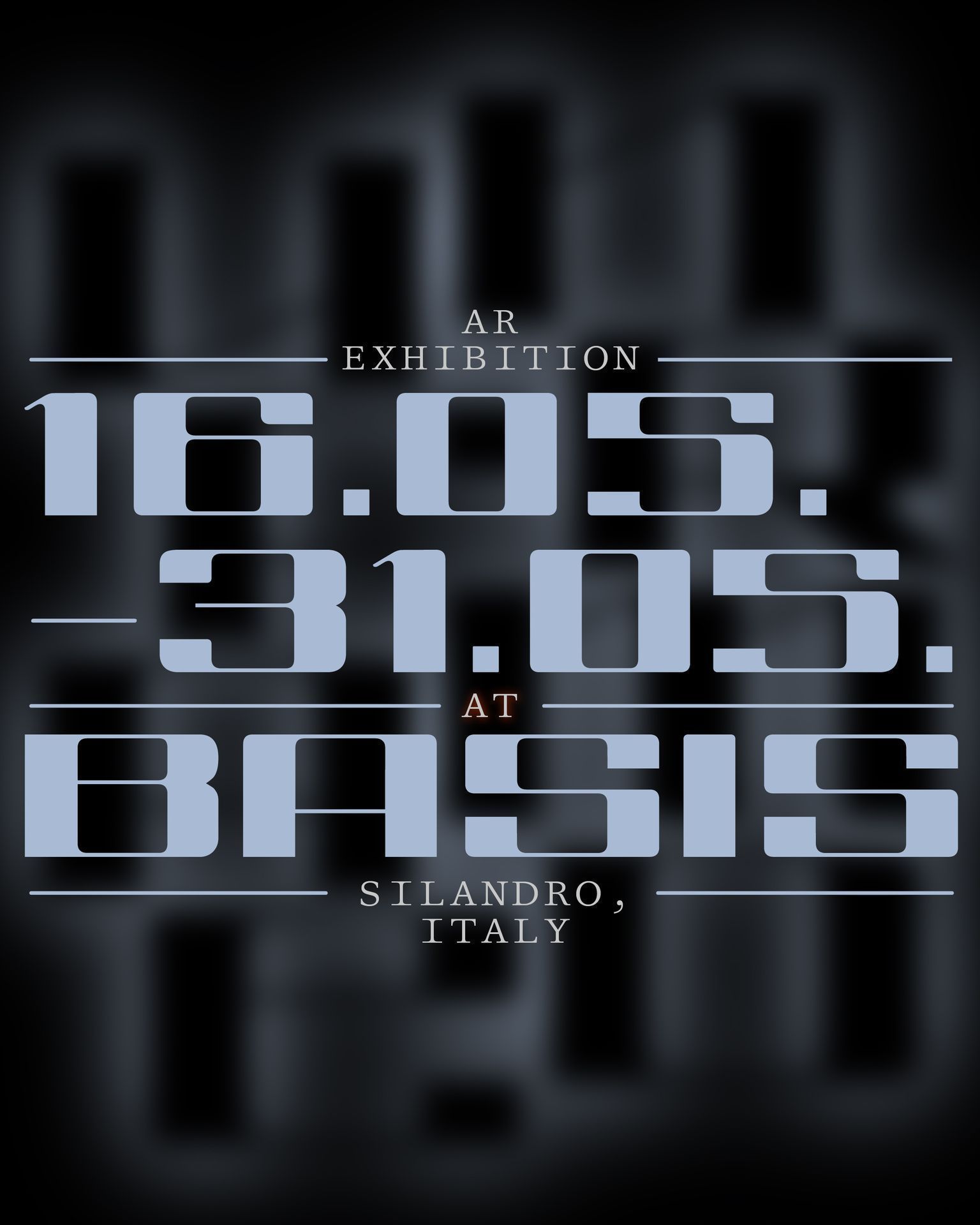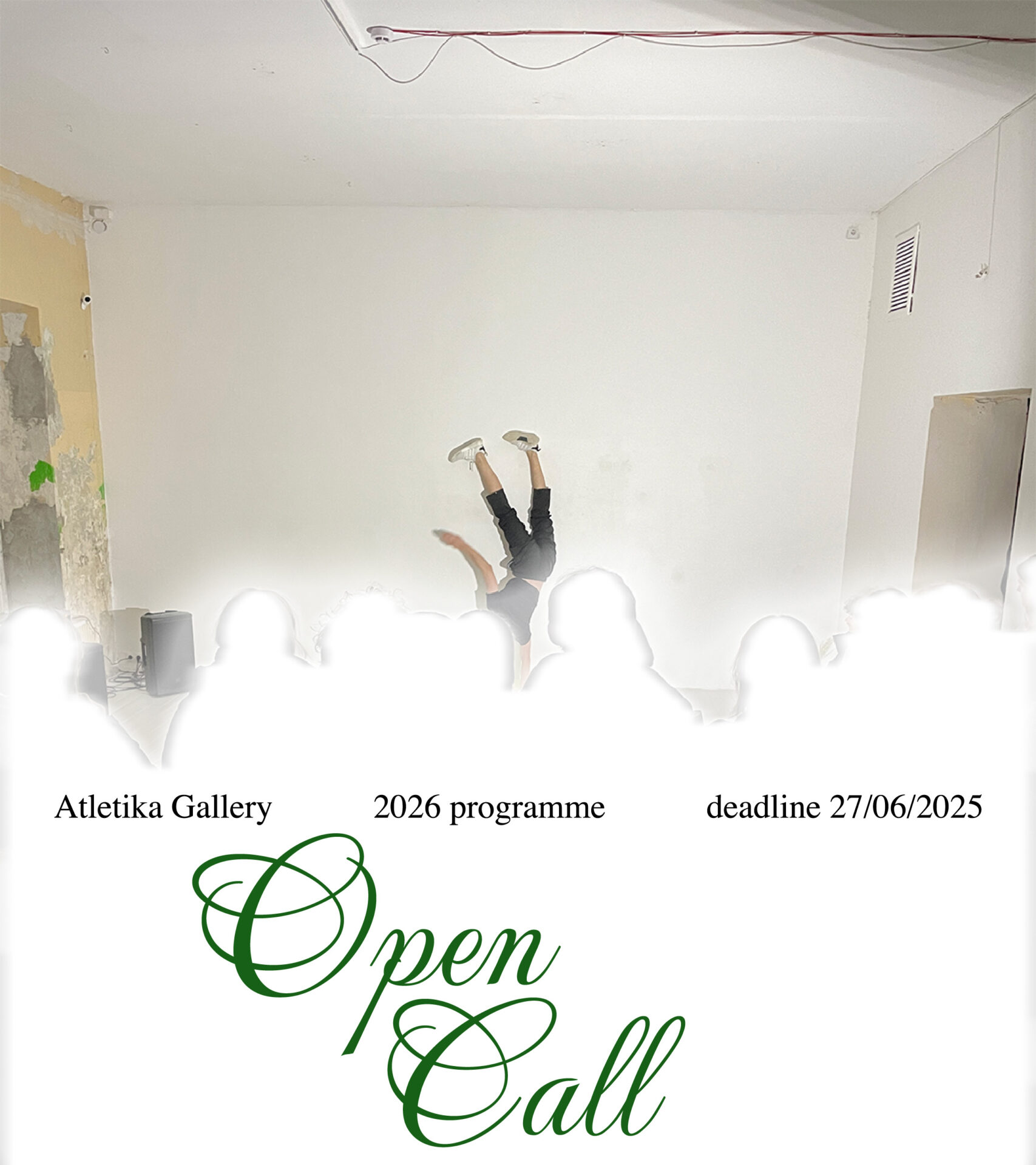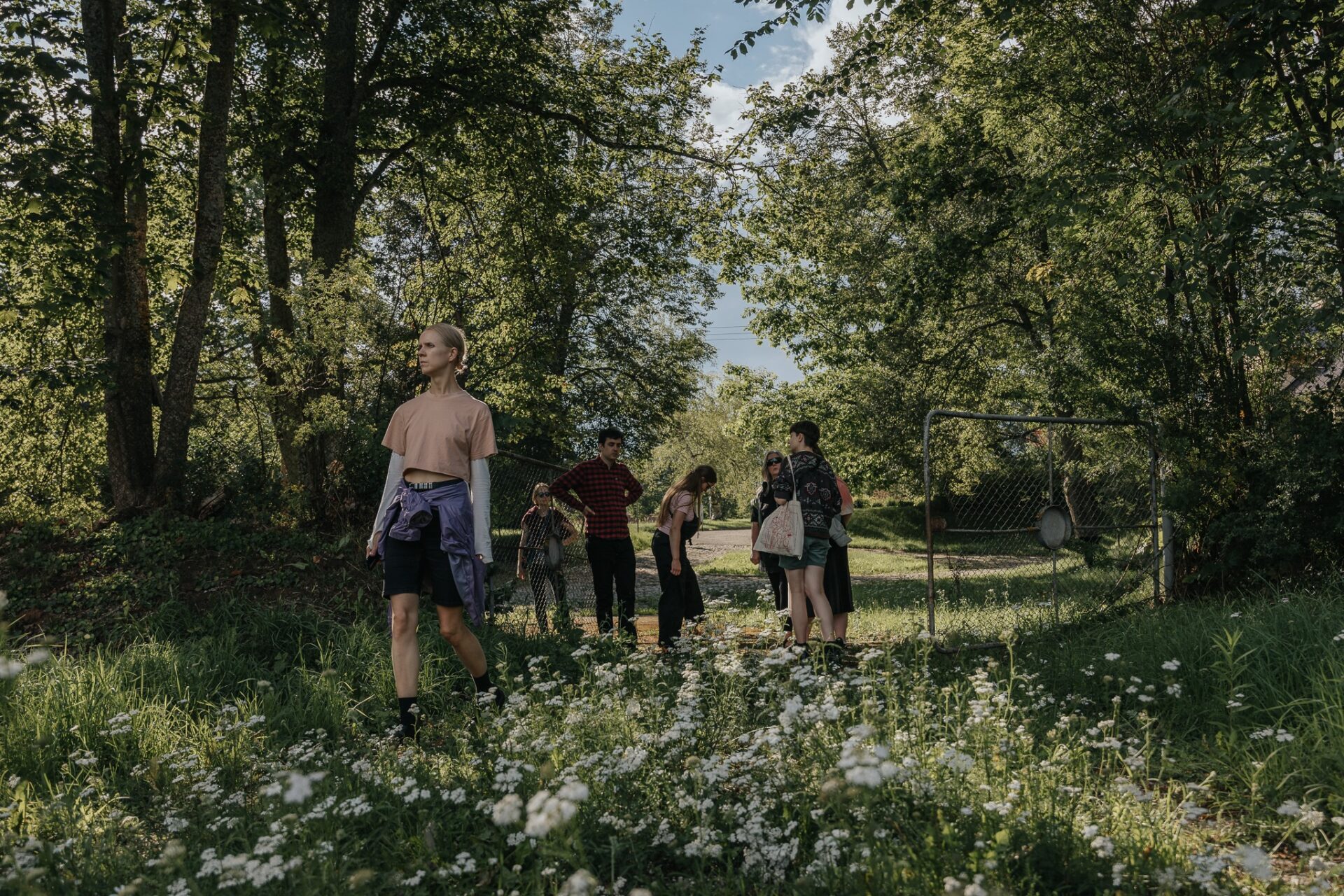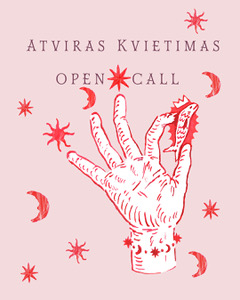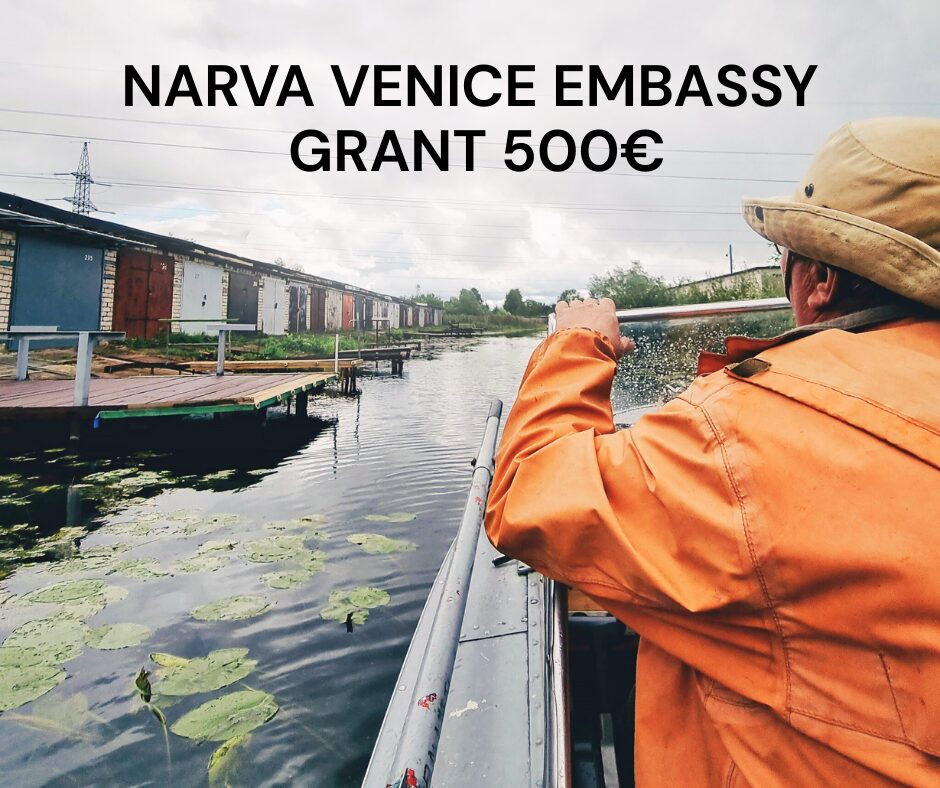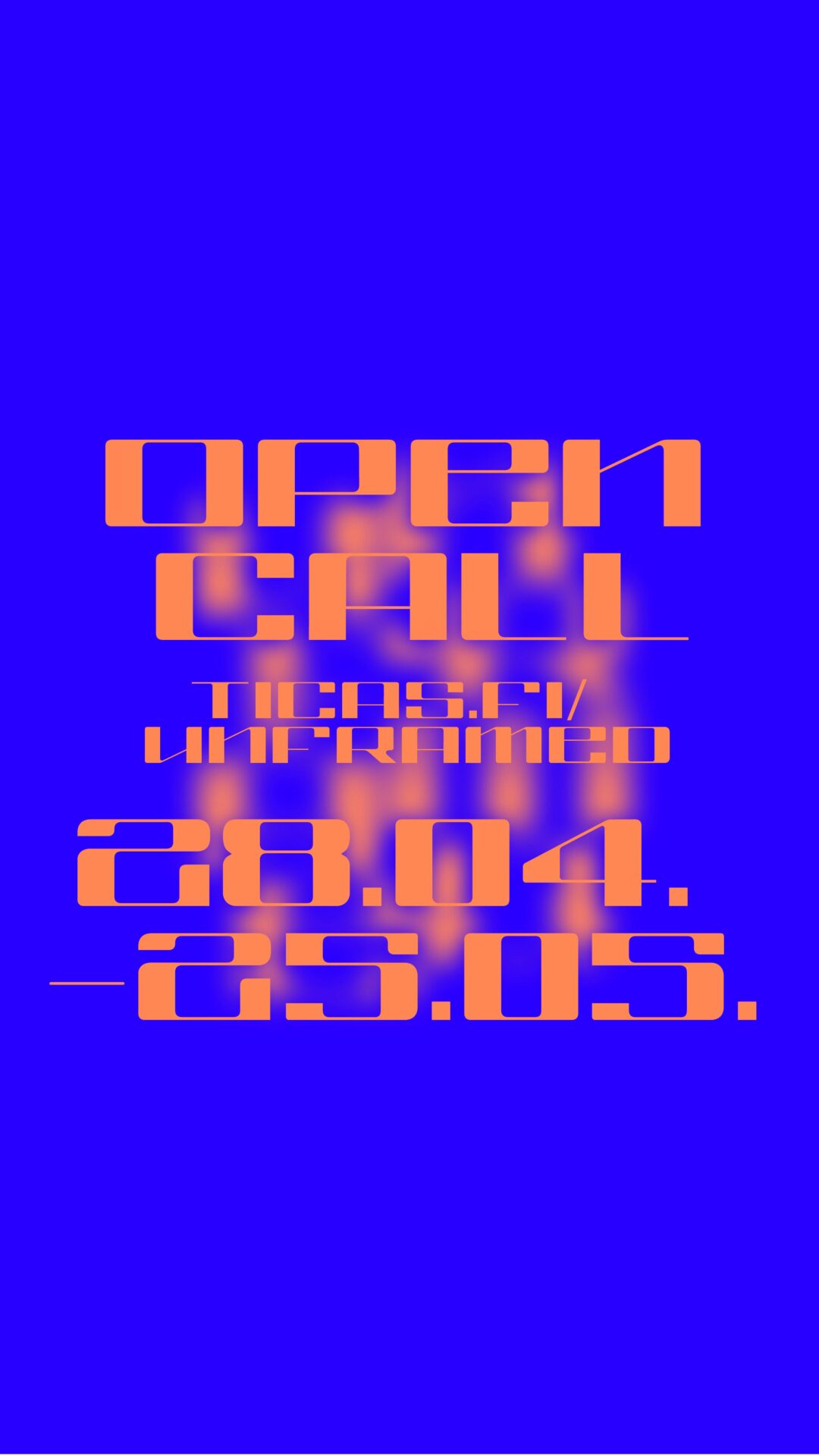In the British show ‘The Essex Serpent’, a newly widowed naturalist takes a promenade in a London street and tells her companion that they are actually following the course of the river right beneath their feet. She even kneels down to listen the murmur of the stream, and to the surprise of her friend, she throws her earrings down the sewer as a symbol of her former identity. The connection between nature, jewellery and our bodies intertwines in this cinematographic passage. According to anthropologists, the desire to decorate the body is considered to be the indisputable primary impulse for wearing clothing and jewellery, whether it signifies status, a wish to belong to some group, or to be sexually attractive to the opposite sex. We tend to observe jewellery only in the context of the body, but nowadays contemporary jewellery artists provide more and more surprising jewellery solutions that leave the body in the background. Eight jewellery artists from four different Baltic countries, who met on the island of Öland last year, created land art, or as the organisers Maja Breife and Wiebke Pandikow call it, ‘land jewellery’. By treating land as body, the artists created temporary works of art, reflecting on environmental issues and climate concerns threatening the Baltic Sea.
We can surmise that the process of losing a connection with nature began with the Industrial Revolution, which brought major technological advances, and, inevitably, pollution. For instance, in primitive societies, nature was viewed as a unique and specific presence, which stands in contrast to culture. However, in the advanced world, nature has now been reduced to something carefully policed and custom-made to the requirements of people. In the past, we feared infuriating nature in the form of totems and primitive gods, but now it is we who are threatening nature. This change of positions of power is illustrated by Lauryna Kiškytė’s piece Serpent, which takes its inspiration from the Lithuanian fairy tale ‘Eglė, Queen of the Serpents’. The installation captures one specific moment in the tale: Eglė seeks to know if her husband (the sea serpent) is still alive (‘May the sea foam milk’) or murdered by her brothers (‘May the sea foam blood’). It can even be concluded that the repression of women and the exploitation of nature were carried out in the same spirit. Just as women and nature were bound together in subjugation, the emancipation of women and the environmental movement are linked.
Braids as one of the first body ornaments in human society come into focus in the work of Maja Breife, Wiebke Pandikow and Karina Kazlauskaitė. While Maja braids grass and Wiebke braids reed, Karina works with shoe laces, performing the function of chains in her jewellery. Using pig intestines, one of her favourite materials, Karina confines fossils found on the island of Öland in the remains of an animal’s body of present times. The fossil does not escape the fate of being metaphorically digested, and thus the food chain of an alternative timeline is invented. A tangible link with our past haunts us, reminding us of our own mortality and temporality.
This quote is attributed to an anonymous Native American: ‘You ask me to plough the earth. Shall I take a knife and tear at my mother’s bosom? You ask me to cut grass and make hay and sell it, and be rich like white men. But dare I cut off my mother’s hair?’ The primal landscape of abundance which humanity has been exploiting so unscrupulously begins to resist: climate change, causing natural disasters and desertification processes, is beginning to push us into an existential corner. Elli Hukka in her installation Hole in the Sand – Human Sized depicts the emptiness, the absence of man, perhaps even the extinction of humanity, through a cartoonish human-size hole in the ground, as if the figure was dropped high from the heavens. Working not with an object or a specific material, but with the absence of object, vacancy, extra space, is perhaps a refreshing offering to nature, so scarcely ever left alone, unmodified by human needs and fantasies.
With Aino-Astrid Gaedtke and Ingrid Berg creating metaphorical exclamation marks reminiscent of objects of human activity (a megaphone and glasses respectively), we are reminded that people will always see natural objects as potential tools. In part, we cannot escape our imaginative nature, which can create both good and evil. There is a hope that we will find harmony before it is too late. Humanity comes full circle: having started as devotees of the unexplainable powers of nature, we can now explain rationally all its secrets, and yet have more respect and admiration for nature than ever. Kajsa Wikström created eight circles blending with the landscape of Öland: a call to proceed with a new outlook, a different mindset, and awareness in the face of environmental change.
The body as an outer limit serves our needs for freedom and separateness, but it also allows us a state of connectivity with other living beings. The group installation Stones on the Shore takes advantage of the linguistic term ‘body of land/water’. Aluminium casts of participants’ buttocks lie on the sand as naturally as rocks would. It is not only a metaphor for the fusion of the human body with nature, but also a commentary on human pollution: researchers found that wastewater from human sewage introduces 6.2 million metric tonnes of nitrogen into coastal ecosystems per year, leading to declining fisheries, habitat loss and degradation, and human health impacts. Although seeking to be a bold form of protest against a negligent public approach to environmental issues, the installation first and foremost instrumentalises the fragmented parts of the body, displaying it in a submissive and vulnerable position, as if denying the body its animalistic desire to conquer more figurative and metaphorical land. Of course, it is undoubtedly hard to resist the strong temptation to view the performance Exposed by a group of women artists and the accompanying installation from the point of view of feminist discourse. Are French postmodern thinkers correct in saying that all bodies are fundamentally feminine? Would that explain the maternal features we attribute to mother nature or Gaia? Seeing our own body parts in nature, in branches, in waves and dunes, could help humanity to became more aware of the effects our (sometimes unsustainable) lifestyle has on the environment.
Ephemeral land art installations were created with the intention of existing for a short period of time, and then disappearing, providing a fleeting experience and leaving behind a message about our relationship with the rapidly changing Baltic Sea environment. While the symposium’s insights may offer hope for prospective solutions to encroaching, man-made eco-disasters, it is nonetheless interesting as a thought-provoking experiment for contemporary jewellery artists. The very concept that any object can be jewellery for the body of land can help us rethink the phenomenon of contemporary jewellery, expanding its borders and moving beyond the body experience.
Exhibition LandJewelry is open at the Klaipėda Gallery of the Klaipėda Department of the Lithuanian Artists’ Association (Bažnyčių St. 6) till 4th of June.

Elli Hukka, Hole in the sand, human size. Photo: Wiebke Pandikow

Group installation, Stones on the Shore, cast aluminum, sand. Photo: Ingrida Mockutė-Pocienė

Lauryna Kiškytė, Serpent, pink seaside stones, 400 cm. Photo: Wiebke Pandikow

Wiebke Pandikow, Baltic Sea Trash Vortex, living interwoven reed, trash found on the Segerstad shore, h-130 cm. Photo: Wiebke Pandikow

Exhibition view, ‘LandJewelry’ Klaipėda Gallery. Photo: Ingrida Mockutė-Pocienė_

Exhibition view, ‘LandJewelry’ Klaipėda Gallery. Photo: Ingrida Mockutė-Pocienė_

Exhibition view, ‘LandJewelry’ Klaipėda Gallery. Photo: Ingrida Mockutė-Pocienė_
